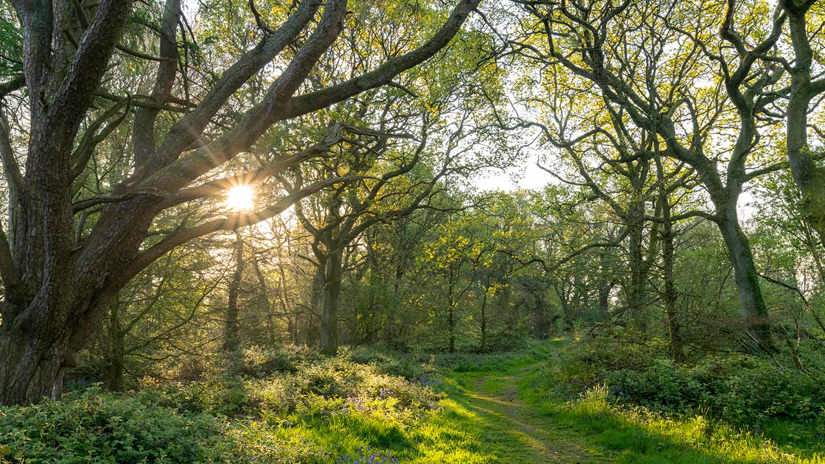
Go exploring
Primordial landscapes, tangled branches, breathtaking wildlife and miles of woodland trails. From the countryside to cities, we care for thousands of woods throughout the UK, all free to visit.
Find a wood near you
Digital content editor
Have you spotted weird growths on trees when you’re out and about? One growth in particular can easily catch your eye. Resembling a dense tangled bird’s nest, witches’ brooms are a growth distortion that results in bunches of stem, leaf or root material growing from or near one point on a tree.
The term ‘witches’ broom’ refers to abnormal growths in trees. These tangled clusters vary in size, and a single tree may have several or only one. In herbaceous plants these deformities are known by the scientific name of virescences. A virescence is a growth consisting of distorted and multiplied parts of a plant, either green and leafy or woody and twiggy. It comes from the Latin virescens which means ‘becoming green’, and is not the same root as the word ‘virus’, although some viruses do cause virescences!

Primordial landscapes, tangled branches, breathtaking wildlife and miles of woodland trails. From the countryside to cities, we care for thousands of woods throughout the UK, all free to visit.
Find a wood near youThere are multiple causes of witches' brooms. Witches’ brooms are caused by microorganisms, and are therefore technically a type of gall. It’s thought that they are usually caused by fungal, viral or bacterial activity, although in some cases they can be caused by insect activity.
Witches’ brooms seen on birch trees are likely caused by a fungus called Taphrina betulina, and create some spectacular examples of witches’ broom.
In a witches’ broom, the growth of a lateral bud – the buds that make twigs and side shoots – loses control. As a result, multiple stems begin to form in a tangled, disorganised manner. Multiple years of growth is required to create big brooms.
Although the deformed area doesn't function as it should, witches’ brooms don’t tend to have an impact on the long-term health of a tree. Leaves sometimes grow on brooms, but photosynthesis is usually limited as the leaves are dwarfed and misshapen.
Trees with witches' brooms will continue to grow as normal. If witches’ broom occurs on fruit trees it doesn’t usually affect the quality of crop, although you may have a slightly smaller crop as the brooms do not bear fruit.
It is entirely up to you whether to leave a witches’ broom on the tree. You may not like the appearance of the brooms, in which case careful pruning of the affected area by a professional should solve the problem. For trees where their aesthetic qualities are not so important, we think you should leave the brooms in place. They’re a natural occurrence and are an interesting feature in their own right!
Ensuring that your trees have the best growing conditions means they are more likely to remain healthy and free from disease.
Witches’ brooms are reasonably common, so you should not have too much trouble finding one. Trees develop them in both woodland settings and urban areas.
On a stroll outside, pay attention to your local trees and you may spot a broom. They are easiest to find in winter when deciduous trees are bare, but they’re permanent features and can be seen in green tree crowns too.
At Snidley Moor in Cheshire, several trees are developing a lovely spread of witches’ brooms. You’ll likely find a tree or two similarly affected in your local wood.
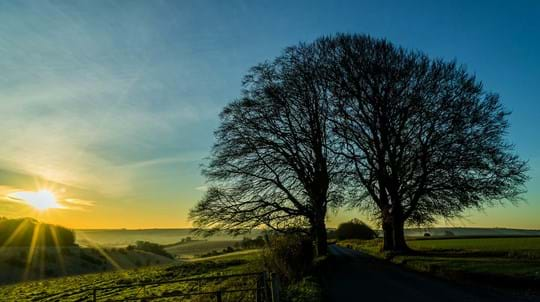
Trees woods and wildlife
Everything you need to know about British trees. From identification, folklore and history to the pests and diseases that threaten them.
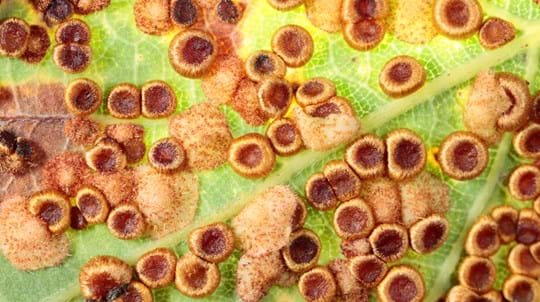
Blog
Emilie Bonnevay • 31 Jul 2018
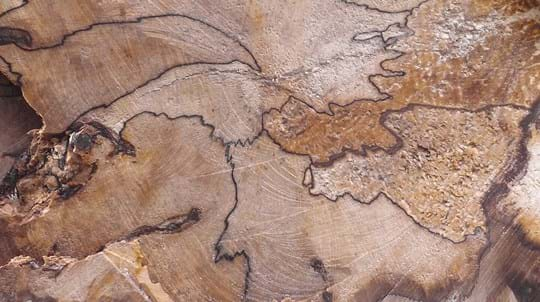
Blog
Julia Lock • 29 Dec 2021
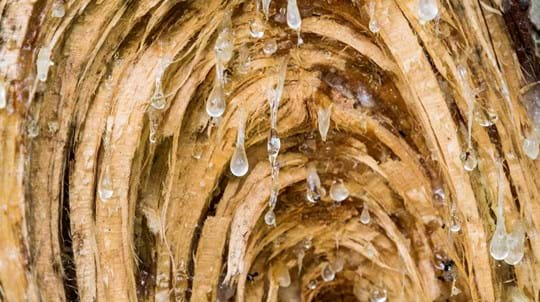
Blog
Charlotte Varela • 20 May 2024